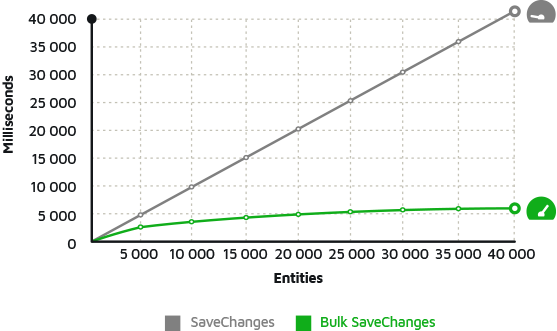Entity Framework Join Discover How to Combine Entities Using LINQ
In SQL, a JOIN clause is used to combine data from two or more tables, based on a related column between them. Similarly, in Entity Framework, the LINQ Join is used to load data from two or more tables.
- It is always advisable to use navigation properties instead of LINQ
Jointo query the target data. - But if the entities do not have any navigation properties defined on them, then you will need the
Joinoperators. - It can also be used to fine-tune the generated queries for performance benefits.
The following query combines Authors and Books tables using the Join() method.
using (var context = new BookStore()) { var data = context.Authors .Join( context.Books, author => author.AuthorId, book => book.Author.AuthorId, (author, book) => new { BookId = book.BookId, AuthorName = author.Name, BookTitle = book.Title } ).ToList(); foreach(var book in data) { Console.WriteLine("Book Title: {0} \n\t Written by {1}", book.BookTitle, book.AuthorName); } }
Join Three Tables
You can also join more than two tables using LINQ Join. The following query combines the Authors, AuthorBiographies and Books tables using the Join() method.
using (var context = new BookStore()) { var authorsData = context.Authors .Join( context.AuthorBiographies, author => author.AuthorId, authorBio => authorBio.AuthorBiographyId, (author, authorBio) => new { AuthorId = author.AuthorId, Name = author.Name, Biography = authorBio.Biography } ) .Join( context.Books, author => author.AuthorId, book => book.BookId, (author, book) => new { AuthorId = author.AuthorId, Name = author.Name, Biography = author.Biography, BookTitle = book.Title } ) .ToList();
ZZZ Projects
